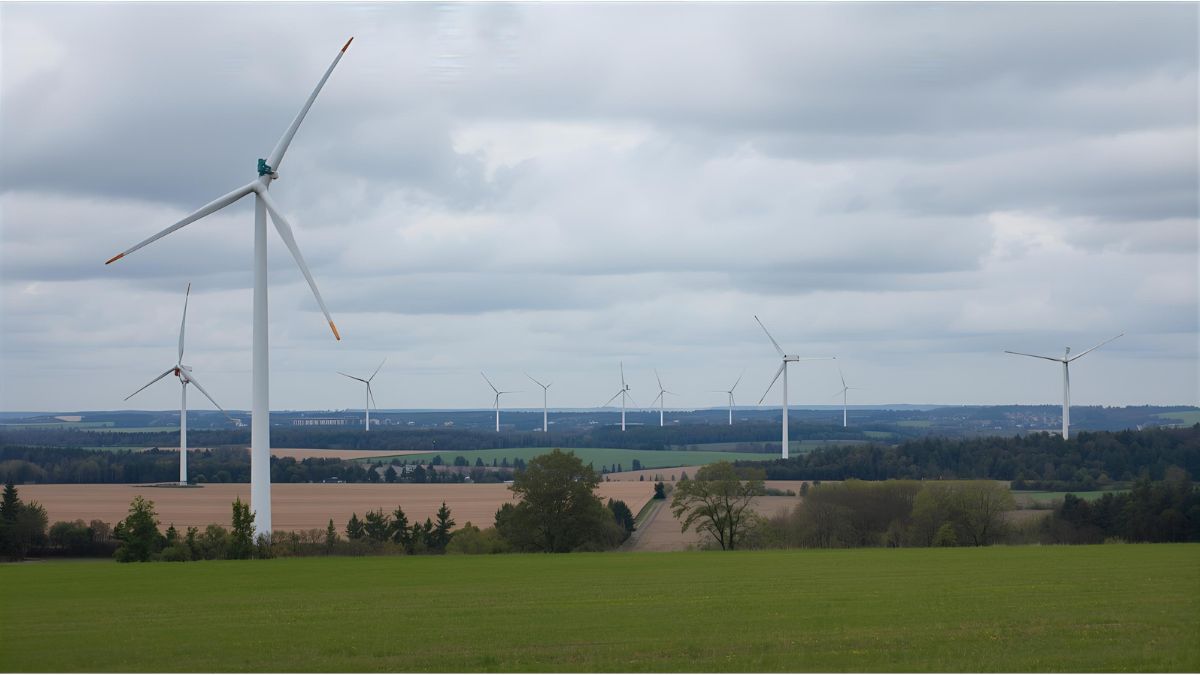Germany has entered another “Dunkelflaute” season — a period when the wind stops blowing, the sun barely shines, and renewable energy production drops sharply. This October, the country once again faced a power gap between generation and demand. For several days, Germany produced less electricity than it consumed, relying on imports from neighboring countries to stabilize its grid.
Experts describe this as a typical autumn pattern in a market-based energy system. When renewable output is weak and fossil fuels become expensive or insufficient, Germany imports cheaper electricity — often from France, Austria, or the Czech Republic. These imports are driven not by panic, but by economics: power flows where prices are lowest.
Imports fill the gap, but dependency grows
The main reason behind the shortfall is simple: low wind and solar generation. Batteries and other short-term storage solutions can only compensate for about half an hour of national consumption — far from enough during multi-day calm periods. As more coal plants are scheduled to shut down in the coming years, this dependence on imports will only increase unless new flexible generation capacity is built.
Analysts warn that while Germany continues to expand renewable capacity, it still needs reliable, controllable power sources to secure supply in low-production phases. Gas-fired power plants were meant to fill that role.
Brussels slows down Berlin’s gas-plant ambitions
The German government had planned to construct up to 20 gigawatts of new gas-fired power plants to stabilize the grid during renewables’ downtimes. However, the European Commission raised state-aid concerns, questioning the economic viability of plants that would only run occasionally as back-up. As a result, the approved volume has been reduced to around 12–12.5 gigawatts, leaving a significant capacity gap to be filled through storage, flexible consumption, and demand management.
This regulatory pushback underscores a growing tension between Germany’s climate ambitions and Europe’s competition rules. While Berlin seeks flexibility to ensure security of supply, Brussels insists that subsidies must not distort the internal energy market.
Coal remains part of the emergency toolbox
Despite Germany’s commitment to phase out coal by 2030, traditional plants still play a key role during periods of low renewable output. Industry voices argue that until new capacities — whether gas or hydrogen-ready — are online, coal will remain the safety net for the grid. The government maintains a “coal reserve” mechanism that can be activated only to prevent blackouts.
Energy policy experts across the political spectrum agree that the transition requires not only more wind turbines and solar panels but also modern storage technologies, smart grids, and flexible demand systems capable of reacting to sudden supply fluctuations.
The long road to energy independence
Germany’s current challenge is not a failure of the energy transition, but a test of its next phase. The expansion of renewables continues at record pace, yet the infrastructure to balance their variability lags behind. In the long term, a mix of regional storage, digital management, and new firm capacity will be necessary to ensure stability without heavy imports.
For now, as October’s calm skies remind everyone, Europe’s most industrialized nation still depends on its neighbors when the wind stops blowing and the solar panels fall silent.









